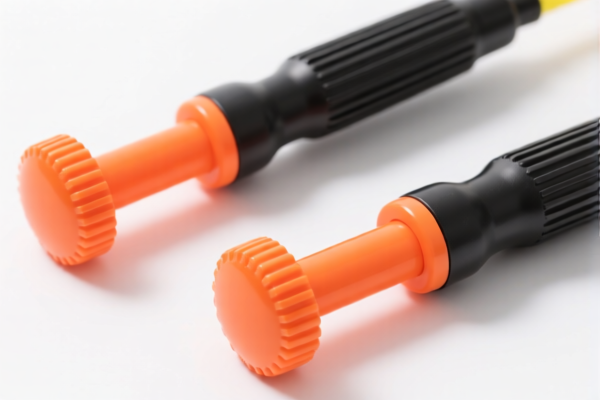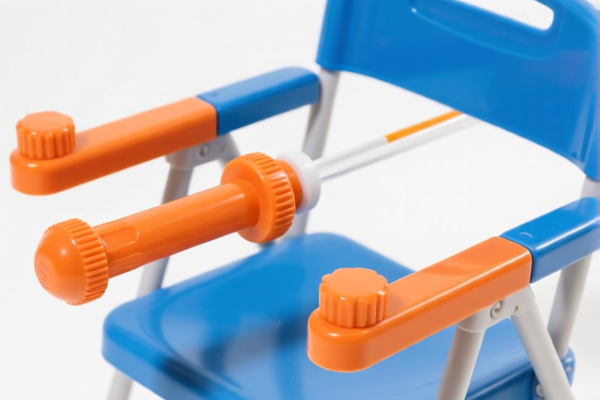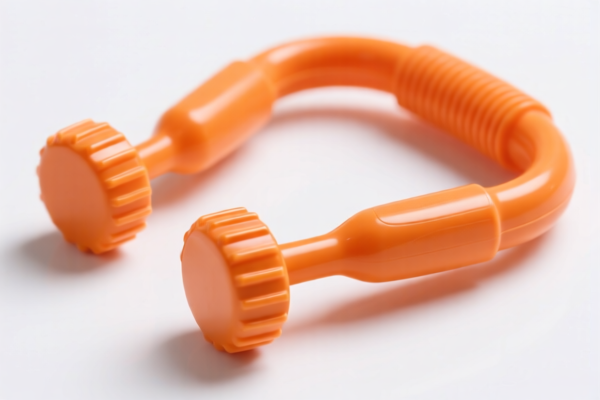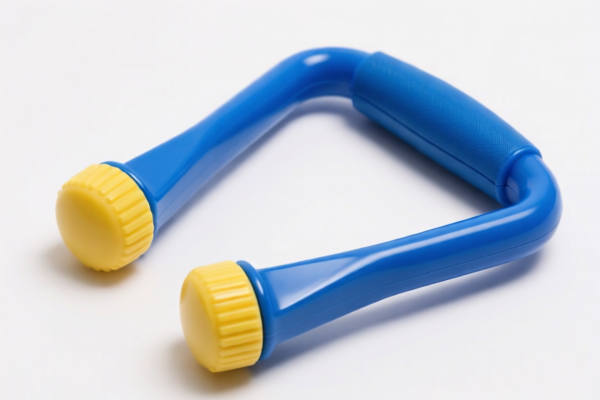| HS Code | Official Doc | Tariff Rate | Origin | Destination | Effective Date |
|---|---|---|---|---|---|
| 4701000000 | Doc | 55.0% | CN | US | 2025-05-12 |
| 4707100000 | Doc | 55.0% | CN | US | 2025-05-12 |
| 8442509000 | Doc | 37.5% | CN | US | 2025-05-12 |
| 8465910027 | Doc | 58.0% | CN | US | 2025-05-12 |
| 8465990230 | Doc | 57.4% | CN | US | 2025-05-12 |
| 8466925010 | Doc | 59.7% | CN | US | 2025-05-12 |
| 8304000000 | Doc | 33.9% | CN | US | 2025-05-12 |
| 9403608093 | Doc | 55.0% | CN | US | 2025-05-12 |
| 9403910080 | Doc | 55.0% | CN | US | 2025-05-12 |
| 4419110000 | Doc | 33.2% | CN | US | 2025-05-12 |
| 4419901100 | Doc | 35.3% | CN | US | 2025-05-12 |
| 4421918800 | Doc | 30.0% | CN | US | 2025-05-12 |
| 4421998800 | Doc | 37.5% | CN | US | 2025-05-12 |




Wooden Fish Slice
A wooden fish slice (also known as a fish turner, fish spatula, or hanakago in Japanese) is a flat, broad utensil traditionally used in East Asian cuisine, particularly for cooking fish, though its applications extend beyond this.
Material:
Typically constructed from a single piece of wood, commonly bamboo, beech, or other hardwoods. The wood is chosen for its heat resistance, flexibility, and non-reactivity with food. Some modern versions may incorporate stainless steel or silicone elements for enhanced durability or ease of cleaning.
Purpose:
The primary function is to gently lift, turn, and serve delicate foods without causing breakage or sticking. The broad, thin surface distributes pressure evenly, minimizing damage.
Function:
- Lifting: The wide blade slides easily under food, allowing for effortless lifting from pans.
- Turning: The shape facilitates smooth turning of food items.
- Serving: Often used directly for serving food, particularly fish fillets.
- Stirring: Can be used for gentle stirring, especially in non-stick cookware.
Usage Scenarios:
- Cooking Fish: Essential for handling fragile fish fillets, preventing them from falling apart during cooking.
- Frying: Suitable for lifting and turning fried foods like pancakes, eggs, or vegetables.
- Sautéing: Ideal for delicate items that require gentle manipulation.
- Non-Stick Cookware: The wood’s soft nature prevents scratching of non-stick surfaces.
- Japanese Cuisine: Frequently used in preparing and serving sushi, sashimi, and grilled fish.
Common Types:
- Traditional Japanese Hanakago: Often features a slightly curved blade and a short handle, traditionally used for handling sushi and small fish.
- Slotted Fish Slice: Incorporates slots to allow excess oil or liquid to drain during lifting.
- Solid Fish Slice: Features a continuous, flat surface for complete contact with the food.
- Long-Handled Fish Slice: Provides extended reach for deeper pans or for safer handling of hot oil.
- Silicone/Steel Reinforced: Modern variations combining wood with silicone or stainless steel for added durability and ease of cleaning.
Based on the material, use, function, and application scenarios, a wooden fish slice is a kitchen utensil primarily used for cooking, specifically for flipping and serving fish or other delicate foods to avoid damage. It is made of wood and designed for handling food.
According to the provided reference material, the HS code options related to 'wooden fish slice' are limited, with only the following 3 found:
- 4419.90.00: This HS code falls under Chapter 44, which covers Wood and articles of wood. Specifically, Heading 4419 relates to Furniture, household or office furniture, and parts thereof. Subheading 4419.90 covers other furniture. While not specifically mentioning fish slices, it can encompass wooden kitchen utensils used in a household setting.
- 4420.10.00: This HS code is within Chapter 44, covering Wood and articles of wood. Heading 4420 covers articles of wood for the kitchen, dining room, or other household uses. Subheading 4420.10 specifically covers plates, dishes, salvers and similar articles. Although primarily for serving, a wooden fish slice could be classified here depending on its design and use.
- 4420.90.00: This HS code also falls under Chapter 44, covering Wood and articles of wood. Heading 4420 covers articles of wood for the kitchen, dining room, or other household uses. Subheading 4420.90 covers other articles of wood for the kitchen, dining room, or other household uses. This is a broader category that could include wooden fish slices not specifically covered under 4420.10.
Regarding HS code 4419.90.00, 4420.10.00 and 4420.90.00, it is important to note that the material composition must be verified as wood. If the fish slice contains non-wood components, the classification may change.
Customer Reviews
No reviews yet.